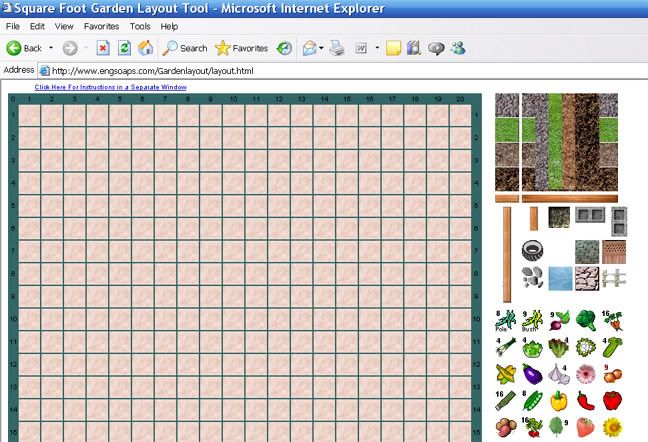Triscuits, Life on Mars, and when to say "when" to blogging
Discovery Exercise #23: Final Thoughts
This will be my final post for the Learning 2.0 training experience. I'm not sure whether I will continue to post on "Salad Days" from this point forward, but I will definitely continue to explore the Web 2.0 tools that we've touched on in the exercises.
In all honesty, I have to admit that there was a point where I really didn't think I would finish the 23 Things. Every day (in my "regular" library gig) I have at least a dozen projects in various states of completion, many (most perhaps) which involve some aspect of creative problem solving in order to keep the project on track. There are some days, honestly, where I feel like I've spent 8 solid hours herding cats. It's days like that when it's easy to say, "I don't want to challenge myself any more."
That's why it was important for me to only work on the 23 Things from home on personal time (accomplished!) and to really pace myself. And to be honest with myself when I totally felt like going home to eat a dinner of Triscuits and cheese and watch back-to-back episodes of BBC's "Life on Mars." On those days, the idea of blogging was O-U-T. I think that helped keep the project "fun" for me. And I'm glad to know that about myself.
One surprising thing that I took away from the project was how my perspective on my fellow employees shifted. It was interesting to get a glimpse into my peers' personal thoughts and feelings. I feel closer to PLCMC staff now, and I really wasn't expecting that.
Would I do it again? Oh, yeah. Definitely. But right now my spouse wants to check e-mail, so I'm signing out.
Thanks a million, Helene. =)
Return to main page.








